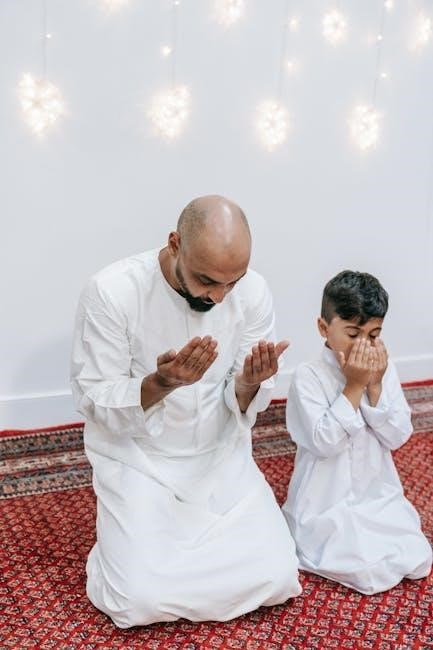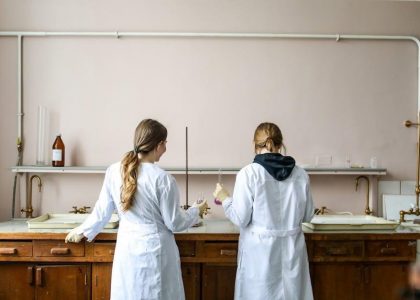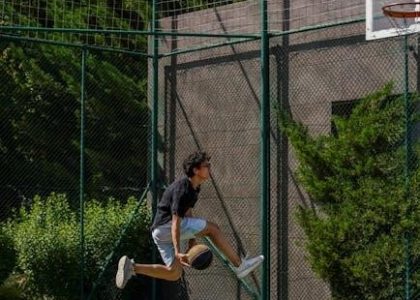Overview of the 2nd Degree Masonic Ritual
The 2nd Degree Masonic Ritual advances members into the higher mysteries of Freemasonry, focusing on philosophical elements like morality, virtue, and truth․ This ritual is an ancient tradition practiced for centuries, designed for spiritual enlightenment and deeper understanding․
Purpose and Significance of the Fellow Craft Degree
The Fellow Craft Degree, the second step in Freemasonry, marks a progression in a Mason’s journey․ It symbolizes manhood and the noontime of life, encouraging candidates to advance their education in history, science, and the liberal arts․ This degree invites lifelong learning, urging brethren to use wisdom gained through life’s experiences․
Many Freemasons consider this among the most moving ceremonies, emphasizing self-development through knowledge․ The ritual presents moral lessons, prompting reflection on personal growth․ The candidate delves deeper into the craft’s philosophies and symbolism, learning about working tools and their deeper meanings․ It bridges operative and speculative Masonry, guiding attentive study of the arts and sciences․
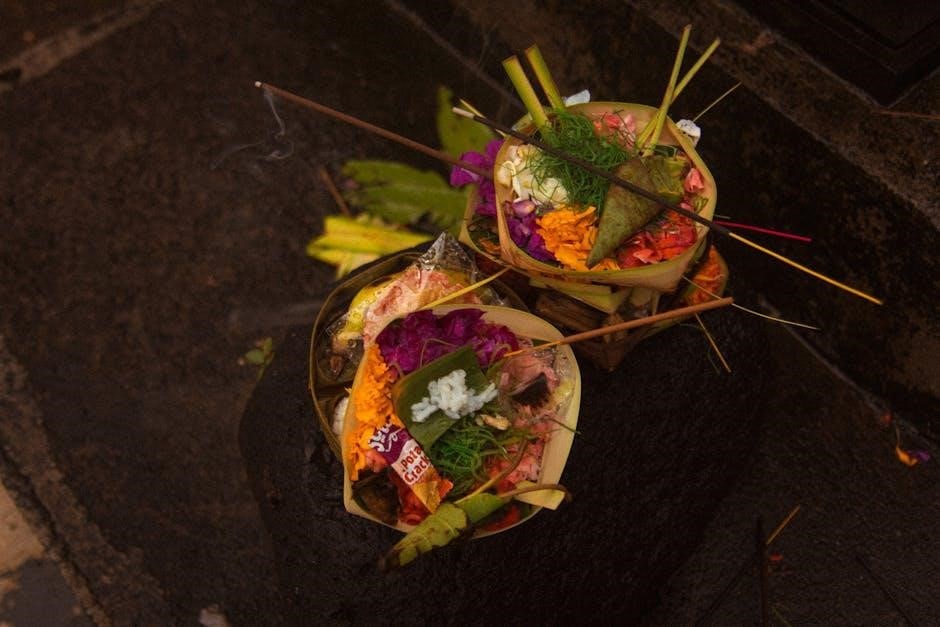
The Fellow Craft explores the journey through life, the development of self, and new-found knowledge․ Progressing to this degree signifies a commitment to continued learning and the application of wisdom in facing challenges․ The degree encourages the Brother to use the wisdom he’s gained through life’s experiences to face any challenge that may come․
Philosophical Elements: Morality, Virtue, and Truth
The Second Degree Masonic Ritual emphasizes morality, virtue, and truth as core philosophical elements․ It seeks to help initiate members into the higher mysteries of speculative Freemasonry․ These principles are presented through symbolism and allegory, inviting reflection on ethical behavior and personal integrity․ The degree encourages the candidate to internalize these virtues․
The teachings prompt a deeper understanding of right and wrong, guiding Masons to act with fairness and compassion․ Virtue is highlighted as a cornerstone of character, urging members to strive for moral excellence in all aspects of life․ Truth, as a guiding light, encourages the pursuit of knowledge and honesty in thought and action․
The ritual uses various articles and drawings to present moral lessons to us all, reinforcing the importance of these philosophical elements․ By embracing morality, virtue, and truth, Freemasons aim to contribute positively to society and lead lives of purpose and meaning․ The degree underscores the ongoing journey toward self-improvement․
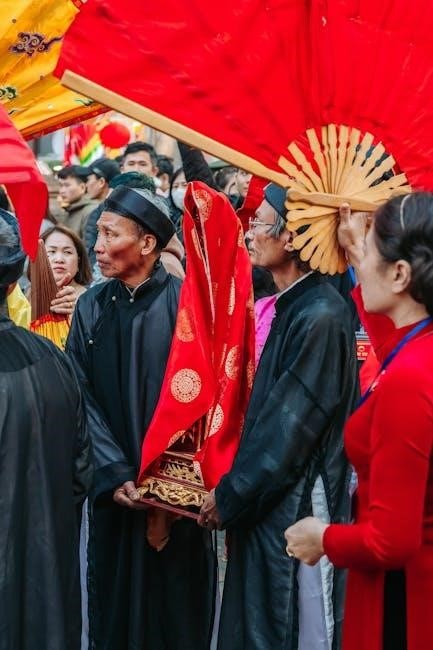
The 2nd Degree Ceremony
The Second Degree ceremony, also called “passing,” involves specific rituals․ It is a solemn occasion full of symbolism and allegory․ It guides the initiate further toward spiritual enlightenment and philosophical understanding within Freemasonry․
Opening the Lodge in the Second Degree
Opening the Lodge in the Second Degree is a ritual conducted by a Master Mason to open a Lodge of Fellow Crafts․ It involves a specific set of prayers and symbols․ The ritual includes presenting signs and providing explanations of the degree’s purpose and symbolism․
The Master recites prayers and oversees the presentation of symbols․ This ritual ensures the Lodge is properly convened for work in the Fellow Craft Degree․ It is similar to the first degree, except two knocks are used․ A pass-word also provides entry․ The Senior Deacon ensures only those qualified are admitted․
The Worshipful Master, Senior Warden, and Junior Warden each have roles․ They verify the brethren’s qualifications․ This process ensures all present are Fellow Crafts or higher․ It establishes a secure and appropriate environment for Masonic work and instruction․
Preparation of the Candidate
The preparation of the candidate for the Second Degree involves specific symbolic actions, differing slightly from the first․ The candidate is prepared in a manner somewhat similar to the former․ However, in this degree, the candidate is not hoodwinked, neither has he a cable tow around his neck;
Instead, the left arm, right breast, and knee are made bare, and the left heel is slipshod․ These preparations symbolize different aspects of the candidate’s journey and readiness for further enlightenment․ All clothing is removed, except specific items, representing a transition and purification․
The candidate’s posture and attire signify humility and openness to receiving new knowledge․ These actions show a commitment to learning and growth within Freemasonry․ The removal of certain garments allows the candidate to be properly situated for the solemn obligations ahead, marking a clear distinction from the Entered Apprentice Degree․
Key Questions Asked During the Passing
During the Passing to the Second Degree, the candidate faces crucial questions testing their proficiency and understanding․ The Worshipful Master initiates this examination, ensuring the candidate demonstrates adequate knowledge of the previous degree․ These questions serve to confirm the candidate’s grasp of Masonic principles․
One key question addresses how the candidate was prepared for the Second Degree, prompting them to recall the unique elements of their preparation, such as the bared left arm and right breast․ The questions delve into the candidate’s understanding of the symbolic meanings behind their preparation and obligations․
The candidate must also demonstrate familiarity with the working tools of an Entered Apprentice, proving they remember the lessons learned․ These questions solidify the candidate’s foundation in Freemasonry, ensuring they are ready for the deeper symbolism and teachings of the Fellow Craft Degree․ The passing requires satisfactory answers․
Symbolism and Allegory in the Ritual
The Second Degree Masonic Ritual is steeped in profound symbolism and allegory, designed to convey moral and spiritual lessons․ These symbols and allegories are not arbitrary; they are carefully chosen to represent the journey of self-improvement and the pursuit of knowledge․ The ritual uses working tools and architectural elements as symbolic representations․
The pillars, tracing board, and various implements serve as visual aids to impart wisdom․ The candidate is encouraged to contemplate the deeper meanings behind these symbols, fostering a deeper understanding of Masonic philosophy․ Through allegory, the ritual presents narratives that illustrate moral virtues and ethical principles․
The candidate learns about the importance of education and the development of the self through these symbolic representations․ This use of symbolism and allegory is a hallmark of Freemasonry, guiding members toward personal growth and a greater appreciation for the mysteries of life․ Each element holds significance․
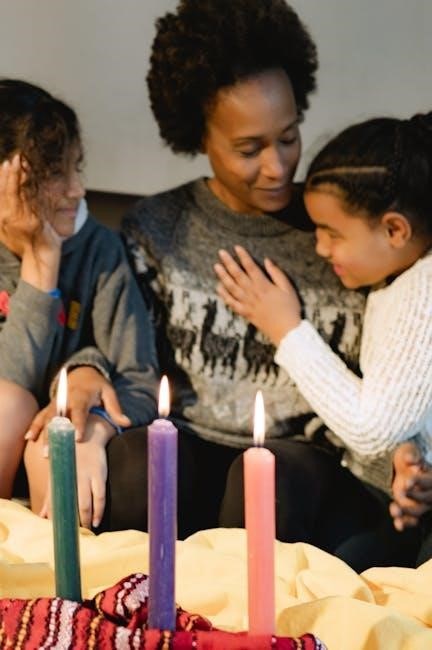
Key Components and Symbolism
The Second Degree ritual utilizes key components like the Tracing Board, working tools, and pillars to convey moral lessons․ These symbols offer insights into Freemasonry’s teachings, guiding members toward wisdom and self-improvement․
Explanation of the Second Degree Tracing Board
The Second Degree Tracing Board is a central component of the Fellow Craft degree, demonstrating Freemasonry’s method of presenting moral lessons through drawings and symbols․ Its explanation begins with the completion of King Solomon’s Temple, a marvel that drew admiration worldwide due to its costliness and splendor․ The Tracing Board emphasizes the importance of the two great pillars, representing significant concepts within Masonic philosophy․ This visual aid serves as a guide, directing the candidate’s attention to the liberal arts and sciences, encouraging a deeper understanding of both operative and speculative Masonry․ The tracing board explanation will often contain a long piece of ritual․ The Tracing Board is designed to help Masons reflect on their journey of self-improvement․ The explanation of the Second Degree Tracing Board is a long piece of ritual and demonstrates how Freemasonry uses various articles and drawings to present moral lessons to us all․ The explanation begins at the completion of King Solomons Temple and draws particular attention to the two great pillars
The Working Tools of a Fellow Craft
The Working Tools of a Fellow Craft are essential symbols in the Second Degree, representing the ongoing development and refinement of a Mason’s character․ These tools, often connected to the building trades, are used allegorically to teach moral lessons and promote self-improvement․ Masons can expect to use the wisdom hes gained through lifes many experiences to face any challenge that may come․ The tools serve as constant reminders of the virtues and principles that guide a Mason’s life․ During this degree, he delves deeper into the philosophies and symbolism of the craft․ He learns about: The working tools of a Mason which a Mason uses… Each tool has a specific meaning, encouraging the Fellow Craft to cultivate skills such as morality, diligence, and precision․ By understanding and applying these symbolic lessons, the Mason strives to become a better individual, contributing positively to both the fraternity and society at large․
The Two Great Pillars: Symbolism and Significance
The Two Great Pillars, prominent in the Second Degree Tracing Board, represent significant aspects of Masonic symbolism․ Their explanation is a long piece of ritual and demonstrates how Freemasonry uses various articles and drawings to present moral lessons to us all․ The explanation begins at the completion of King Solomons Temple and draws particular attention to the two great pillars, each holding unique symbolic importance․ These pillars symbolize strength and establishment, serving as a gateway to knowledge and further understanding of the craft; The pillars remind Masons of the dual nature of existence and the balance required to maintain harmony in life․ They represent the transition from the material world to the spiritual realm, encouraging Masons to seek deeper meaning and purpose․ By reflecting on the pillars’ symbolism, Masons gain insight into the foundational principles of Freemasonry and their personal journey toward enlightenment․

Resources and Further Study
For those seeking a deeper understanding, numerous resources are available․ Books offer authoritative grounding in Masonic symbolism․ Guides detail the Emulation Ritual, and differences exist across jurisdictions, offering multiple avenues for continued exploration and learning․
Books and Guides on the Fellow Craft Degree
For newly made Fellow Crafts seeking to deepen their understanding, several authoritative books and guides offer invaluable insight into Masonic symbolism and practice․ These resources provide a solid grounding for progressing to the next degree․ A perfect gift for the aspiring Mason, these books contain the complete ceremony of the Fellow Craft Degree․
Official Emulation Lectures explain the symbolism inherent within the Second Degree, with some sections as old as the ritual itself․ They also present the essential questions asked of the candidate before advancing to the Third Degree․ These guides provide detailed explanations of the rituals and ceremonies involved, including the meanings behind each aspect․
Comprehensive guides to the Fellow Craft degree offer detailed explanations of the rituals, ceremonies, symbolism, and meanings behind each aspect․ These books often include explanations of the Second Degree Tracing Board, demonstrating how Freemasonry uses drawings to present moral lessons related to King Solomon’s Temple․ These resources serve as essential tools for further study․
Emulation Ritual and its Components
The Emulation Ritual, widely practiced, provides a structured framework for the Second Degree ceremony․ It meticulously outlines each step, ensuring consistency and adherence to tradition․ This ritual encompasses the opening and closing procedures, tracing board explanations, and the symbolic working tools used in the Fellow Craft degree․ The Emulation Ritual includes specific lectures that elucidate the symbolism of the degree․
One key component of the Emulation Ritual is the explanation of the Second Degree Tracing Board, which uses articles and drawings to convey moral lessons․ The ritual draws attention to the two great pillars, symbolizing important concepts․ The Emulation Ritual also covers the questions asked of the candidate, ensuring they grasp the degree’s teachings․
Southern Regalia offers an Emulation Ritual for the Second Degree․ It provides the ceremony, opening/closing, tracing board explanations, and working tools․ The Emulation Ritual serves as a comprehensive guide, aiding in the understanding and proper execution of the Fellow Craft degree․
Differences in Ritual Across Jurisdictions
While the core tenets of Freemasonry remain consistent, the Second Degree ritual can exhibit variations across different jurisdictions․ These differences may involve slight alterations in wording, emphasis on certain symbols, or the specific format of the ceremony; The Emulation Ritual, for instance, is a prominent version, but other rituals exist, each with its own nuances․
These jurisdictional differences often reflect local customs, historical influences, or the preferences of Grand Lodges․ Some jurisdictions might incorporate additional prayers, lectures, or demonstrations to enhance the candidate’s understanding of the degree’s symbolism․ Variations can also appear in the specific questions asked during the passing or the manner in which the working tools are presented․
Despite these differences, the fundamental purpose of the Second Degree remains constant: to guide the candidate towards a deeper understanding of Masonic principles and to encourage their intellectual and spiritual growth․ Recognizing these variations underscores the importance of consulting official resources within one’s own jurisdiction․

